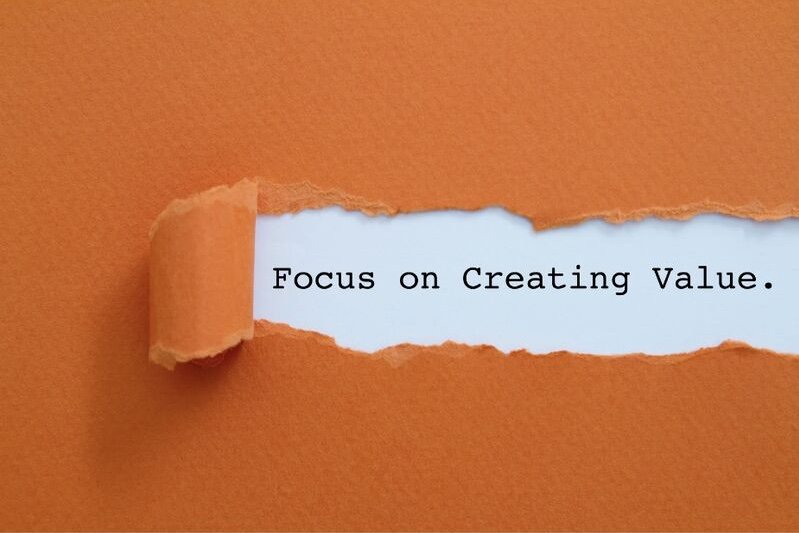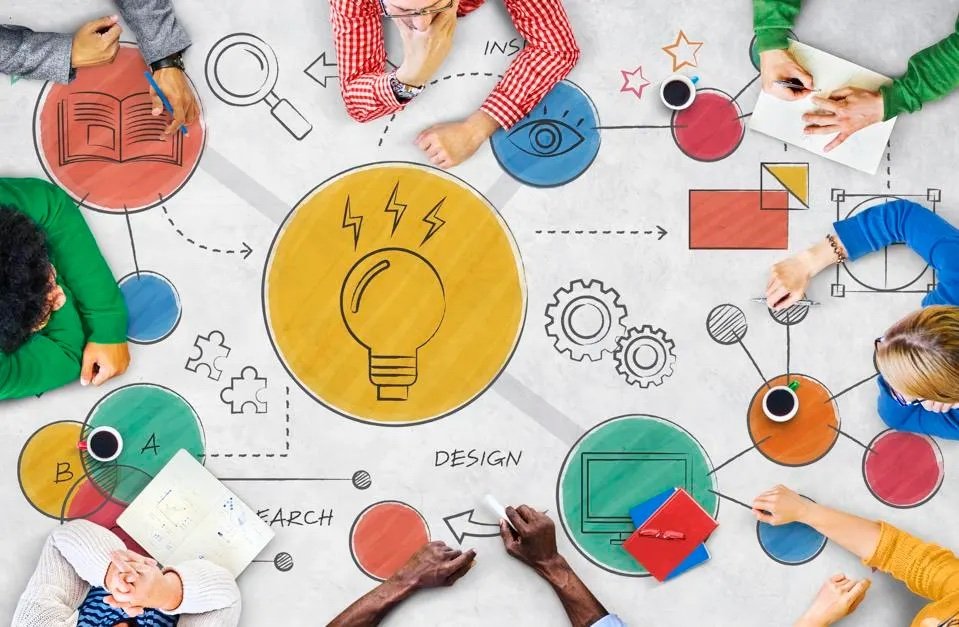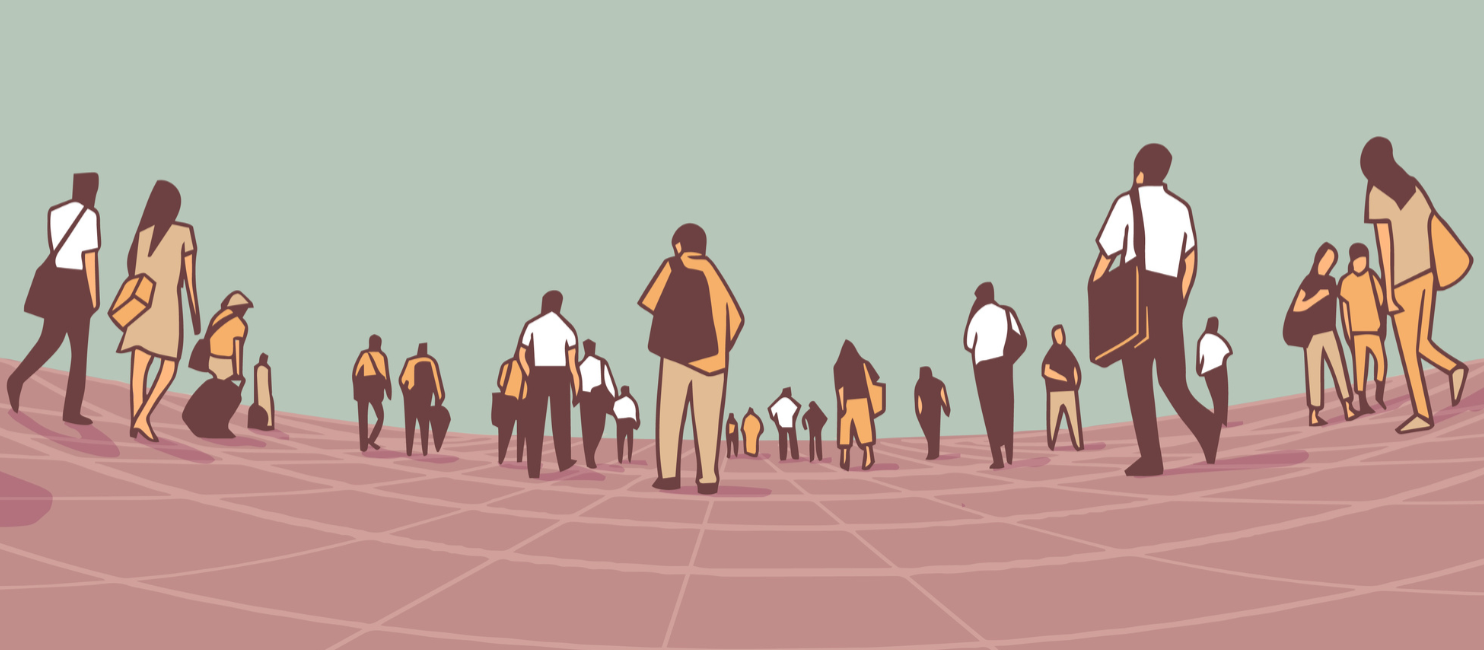Prejudice can be based on race and ethnicity, it can also be based on other factors like power, social class, or prestige. We all have a lot of stereotypes based on skin colour but the same is not true of eye colour. I think that both eye colour and skin colour are genetically driven, so why do we attach a different meaning to skin colour than to eye colour?
Why do you wear a safety pin?
I saw trend forecaster, Li Edelkoort in November 2016, just after Trump was elected and the confirmation of Brexit. Li predicted that we will see more people wearing a safety pin as a symbol of support to those who might be in danger of attack by some group or individual against another, based on their race, ethnicity, religion, sexual identity, range of ability or other category. I have worn a safety pin ever since as I firmly believe that there is no room for hate, unfortunately, the trend never caught on. Have a super day…
Not all disabilities are visible
When you look at people with disabilities, it’s a very big group especially when you think that not all disabilities are visible. What are you doing to reflect that part of diversity in your workplace? You have to look at the lack of accessibility and look at how to create accessible solutions, as having diversity in the people who create those solutions keeps you honest. Contact me via e-mail when you are ready to discuss how to be part of the modern workplace.
Focus on creating value
In sales, our compensation is directly tied to the opportunities we generate and successfully seize. If we are not actively creating, capturing, or closing deals, we're not fulfilling our role effectively. It's crucial to recognise that our customers often find themselves in stagnant situations, requiring us to innovate and deliver superior value. As a sales professional our task is to navigate this scenario, devising strategies to secure meetings and effectively communicate the benefits we offer. I think your number one goal in sales is to make your customer as successful as possible, and if your motivation is to make your customer win, then you will always win in sales.
Pushing your comfort zone
I love engaging in conversations with individuals whom others might not expect me to engage with, such as racists or misogynistic men. I find it intriguing to delve into their perspectives as I am genuinely curious about the underlying reasons for their beliefs. I think by understanding the motivations behind their thinking, we can work towards a wider understanding and appreciation of diverse viewpoints. Perhaps you should also consider trying it, as variety is the spice of life, and pushing your comfort zone can help us all demonstrate tolerance when faced with opposing viewpoints.
““Move out of your comfort zone. You can only grow if you are willing to feel awkward and uncomfortable when you try something new.””
Satisfy your interests
Diversity, Equity, and Inclusion (DE&I) can be divided into two distinct parts, positions and interests, as they serve as the profound lens through which we understand human dynamics. Positions are the things we say we want to achieve within DE&I initiatives, for example, advocating for equal pay, diverse representation in leadership, or implementing inclusive policies. However, beneath these explicit stances lie the intricate web of interests: the intricate tapestry of motivations, insecurities, aspirations, and historical contexts that shape our perspectives and fuel our advocacy. On the other hand, interests delve into the nuanced nuances of human experience, exploring the depths of our collective psyche to uncover the underlying desires for belonging, respect, and fairness. They are the silent orchestrators of our outward expressions, guiding our choices and actions as we navigate the complex terrain of diversity and inclusion. I think to truly comprehend the essence of DE&I efforts, one must excavate beyond the surface-level declarations of positions and delve into the rich landscape of interests, where the true essence of human connection and understanding resides.
The pathway to growth
Image c/o McKinsey & Company
Which term accurately describes the issue: racism, discrimination, or prejudice? When these words come to mind, do they empower me and make me stronger, or do they weaken me and promote dissolution?
Integrating language effectively into action is essential for effective communication. It's crucial to ensure that what you say aligns with who you are as your audience evaluates your genuineness and trustworthiness based on this alignment. I think if you approach communication with honest inquiry and ensure that every word reflects your truth, you're on the path to growth - a golden pathway. On Thursday 7th March, Chiara Marmugi will be the facilitator, Phaedria Marie St. Hilaire and myself will be sharing our perspectives and insights on the complex realities of racism in Denmark. Sign up here.
““To make difference in someone’s life, you don’t have to be rich, beautiful or perfect. You just have to care.””
Know your place
In the hierarchy of social class, status plays a pivotal role within the broader class system. Those situated at the upper echelons of society often harbour motivations to rationalise and perpetuate the disparities that separate them from the lower class. Psychologists refer to this as the 'Just World Phenomenon,' which is an assumption that the world operates on a basis of justice, and people receive what they deserve. For example, the belief that good things happen to good people, and bad things happen to bad people. Consequently, people of high social class may justify their own position in society by saying that people who are poor must be lazy and if they just worked harder, they too may be successful.
Relational vs. transactional
What are your intentions?
Relational refers to an approach or style that prioritises building and nurturing interpersonal connections and relationships. In relational interactions, individuals emphasise trust, empathy, and understanding. These relationships are often characterised by mutual respect, cooperation, and collaboration. On the other hand, transactional refers to an approach or style focused on exchanges or transactions between parties to achieve specific goals or outcomes. In transactional interactions, individuals typically emphasise efficiency, clarity of roles and responsibilities, and achieving objectives. And these interactions are often based on agreements, contracts, or defined parameters.
I think when individuals lack a sense of care and support in their workplace, coupled with a lack of opportunities to utilise their strengths and grow, ambiguity regarding the mission or purpose, and unclear expectations, their behaviour may be affected. And given that we are all involved in dealing with people, it's fair to say we are essentially in the business of managing emotions.
Intention vs. action
I've always been drawn to communication, driven by a desire to convey messages, and my exploration of human behaviour began with observations of those closest to me. I often wonder why people find it challenging to change their behaviour. Is it due to entrenched habits? I believe it's not solely the behaviour itself that dictates its practicality, but rather the energy that fuels it. For example, consider someone who consistently procrastinates on tasks. It's not merely the action of procrastination that matters, but the underlying energy driving this behaviour, such as fear of failure or a lack of motivation.
““We judge ourselves by our intentions, but other people by their actions.””
Employee responsibility (part two)
How can employees tackle the topic of diversity and inclusion?
I think understanding diversity and inclusion requires a nuanced approach that acknowledges the complexity of human experience. Rather than viewing diversity solely through the lens of distinct categories like gender or ethnicity, it's crucial to recognise the interconnectedness of these identities. For example, the workplace experiences of women can vary significantly depending on factors such as geographical location or socioeconomic background. And in this context, fostering inclusion becomes paramount in harnessing the true potential of diversity.
Employee responsibility (part one)
What concrete steps can employees take to enhance diversity and inclusion?
There are several ways employees can play an active role in creating an inclusive workplace where diverse perspectives are celebrated, and everyone has the opportunity to thrive. Employees can take concrete steps to enhance diversity and inclusion in the workplace by first recognising role models who embody these principles, serving as inspiration and exemplifying the value of embracing differences. I think by improving dialogue and awareness around intersectionality and acknowledging the interconnectedness of various dimensions of diversity like race, gender, age, and socio-economic status will help to create an inclusive environment where all perspectives are valued. Also, by highlighting the practical advantages of diverse teams, such as heightened innovation and problem-solving capabilities, reinforces the business case for diversity and encourages broader participation. Finally, by facilitating open discussions and knowledge-sharing forums allows employees to exchange successful strategies and approaches this will provide a culture of continuous learning and improvement in promoting diversity and inclusion.
Reshaping global value chains
While much attention has been directed towards the 'E' (Environmental) and 'G' (Governance) aspects of ESG (Environmental, Social, and Governance), the interpretation of the 'S' (Social) dimension has varied widely. I think that 'S' largely revolves around risk mitigation, but there's a noticeable shift towards promoting pro-social behaviour, with supply chain diversity emerging as a significant focal point. The stringent governance processes pose significant barriers to entry for small entrepreneurs, as well as female and minority-led businesses, making it challenging for them to break into the market. Without implementing structural changes in how larger companies engage with suppliers, streamline onboarding processes, and provide technological support, we'll continue to struggle with supplier diversity challenges. Supplier diversity is a crucial component of the 'S' in ESG and has been lagging behind. However, during discussions at Børsen (Copenhagen) on Monday, I heard about a few promising developments, including partnerships between companies, government organisations, and NGOs aimed at addressing this gap.
What does belonging mean to you?
Belonging means different things to different people! What makes me feel like I belong doesn’t necessarily make you feel like you belong. People have been judging me throughout my life by what I look like, and my conditioning has made me do that to other people. Nowadays, I make a conscious effort not to judge other people simply by what they look like. I think we have to understand our own sense of belonging as we cannot sit back and think it’s just going to happen to us. We have to participate and in order to do that as an individual, we have to be able to articulate what makes us have a sense of belonging.
Better decision making
Start using inclusion and diversity to improve your business performance via the decision-making process. This white paper shows you how…
Finding the right candidates
There is an immense potential in leveraging diversity, equity, and inclusion (DEI) as a competitive advantage. The technological advancement within recruitment is a massive opportunity to access different talent pools and foster a more inclusive environment within HR departments. Approaching candidate evaluation with fresh perspectives not only brings about diverse viewpoints but also highlights the value of varied identities and opinions. Numerous studies emphasise the correlation between DEI and enhanced business performance. For example, Forbes research claims, “Inclusive teams make better business decisions up to 87% of the time.” I think it's crucial to acknowledge that DEI initiatives will only produce meaningful results if they are backed by a truly inclusive organisational culture. And without such a culture, DEI efforts risk being mere lip service. Contact me here or via e-mail when you are ready to upscale and develop your leadership, culture, and people to truly have inclusive behaviours.
The playing field looks different
““If you want people to thrive and be at their best, it’s simple – create the conditions for belonging.””
Life is a verb
These 16 signs paint a picture of a high performer. Someone who is driven, disciplined, resilient, and adept at both personal and professional growth.
You value your time
You mind your own business
You treat people with respect
You look for "no's", not "yes's"
You're improving every single week
You find a way to do the impossible
You see opportunities, not obstacles
You're excited, passionate, optimistic
You don't like waffle; you need clarity
You chase down feedback to improve
You're scared at the thought of settling
You think in terms of years, not months
You don't need motivation to do things
You're not afraid to fail. You seek discomfort
You connect the dots - people with your ideas
You understand what others don't say out loud
Walk into any situation
When you're not desperate for the sale, and when you're not attached to the outcome - which is an emotional intelligence trait - you can walk into any situation and be okay with whatever happens because you have confidence in yourself. This includes having the ability to ask open-ended questions and to adapt your approach as needed. For example, if someone says "no," it's not a problem; you simply pivot and continue the conversation elsewhere. During discovery calls, I tend to probe with questions, seeking out sensitive areas or emotional cues. These conversations are fluid, allowing me to guide them towards an outcome, and when I am met with a "no," I seamlessly transition to the next topic while maintaining a questioning mindset.
Contact me here or via e-mail for sales training and workshops.
We are fed up of tokenism
Inclusion for me means the practices and programs that have the effect of giving power and voice to traditionally or historically opposed groups and individuals.
- What has your organisation actually done to demonstrate inclusion?
- What have you really done to demonstrate that this “minority” person has the power, resources, support, and the voice to enact change within your organisation?
Contact me here or via e-mail for a meeting to discuss your organisation's DEI maturity level.





















